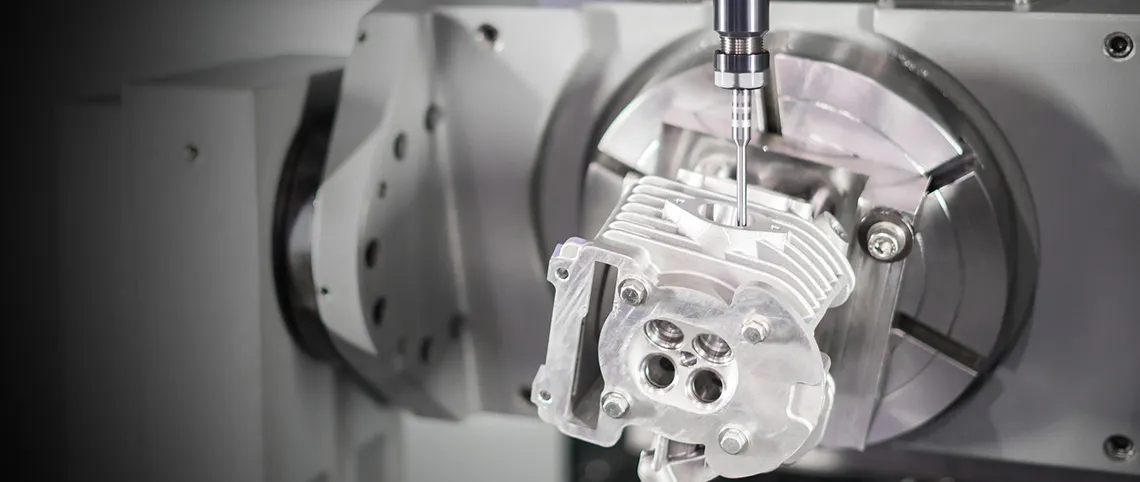Oct . 02, 2024 11:30 Back to list
Choosing the Right 6 Inch Check Valve for Your Plumbing System
Understanding the 6-Inch Check Valve A Critical Component in Fluid Systems
In the realm of fluid mechanics and engineering, the check valve plays a crucial role in maintaining the integrity and efficiency of various systems. Among the various sizes and types available, the 6-inch check valve is a staple, found in numerous applications ranging from municipal water systems to industrial processes. This article delves into the importance, construction, application, and maintenance of the 6-inch check valve, highlighting its pivotal role in fluid dynamics.
What is a Check Valve?
A check valve is a type of mechanical device designed to allow fluid to flow in one direction only, preventing backflow. This function is vital in many applications where preventing reverse flow can protect equipment, enhance system efficiency, and maintain operational safety. Check valves can be actuated by pressure differentials, and they come in various designs, including swing, lift, and diaphragm types.
The Importance of the 6-Inch Check Valve
The 6-inch check valve is particularly significant due to its size and versatility. It is commonly used in systems requiring moderate flow rates, making it suitable for applications in water supply, wastewater treatment, and various industrial processes. This size strikes a balance between efficiency and effectiveness, ensuring that it can handle the necessary flow while still being compact enough for various installations.
In municipal water distribution systems, for example, a 6-inch check valve can prevent backflow into the supply lines, ensuring that clean water remains uncontaminated. In industrial applications, they protect equipment from damage caused by reverse flow, thereby extending the lifespan of pumps and other machinery.
Construction and Design
Typically made from materials such as stainless steel, brass, or PVC, the construction of a 6-inch check valve is designed to withstand the pressures and flow dynamics of the fluids they control. The design includes a spring-loaded mechanism or a disc that moves in response to fluid flow. When fluid flows in the intended direction, the valve opens, allowing the fluid to pass through. Should there be a reversal in flow direction, the valve closes, effectively blocking any backflow.
The materials used in constructing these valves are selected based on the application’s requirements—chemical compatibility, temperature tolerance, and pressure ratings are all critical factors. A well-designed check valve thus ensures durability and reliability in challenging environments.
6 inch check valve

Applications of the 6-Inch Check Valve
1. Water Distribution Systems In municipal and industrial water systems, 6-inch check valves are used to prevent backflow and protect the potable water supply from contamination. 2. Pumping Stations In sewage and drainage systems, these valves are placed after pumps to prevent backflow when the pump is shut off, thereby preventing flooding or overflow.
3. Fire Protection Systems In fire suppression systems, check valves help maintain the integrity of water supply lines, ensuring that water flows only when needed.
4. Oil and Gas Industry In pipelines transporting hydrocarbons, check valves help prevent backflow, which can be detrimental to system efficiency and safety.
Maintenance of 6-Inch Check Valves
Regular maintenance of check valves is essential to ensure their proper functioning and longevity. Inspecting the valve periodically for signs of wear or damage is crucial. Additionally, the installation location should be easily accessible for maintenance checks. Routine checks can include
- Visual Inspections Look for leaks, corrosion, and mechanical wear. - Operational Tests Confirm that the valve opens and closes properly with normal fluid flow and returns to its closed state when the flow reverses.
- Cleaning Ensure that the valve and the surrounding area are free from debris that could affect performance.
Conclusion
The 6-inch check valve is a small but mighty component within fluid systems. Its ability to prevent backflow protects equipment, enhances efficiency, and ensures the safety of the overall system. Understanding its design, applications, and maintenance is essential for engineers and technicians working in fields that rely on the integrity of fluid systems. By ensuring that these valves are properly maintained and functioning, industries can keep their operations running smoothly and efficiently.
-
Why Metric Trapezoidal Thread is Ideal for Precision Motion ControlNewsAug.05,2025
-
The Unique Properties of a Block of Granite for Industrial UseNewsAug.05,2025
-
The Role of Flanged Y Strainers in Preventing Pipeline ClogsNewsAug.05,2025
-
The Importance of Regular Calibration for Master Ring GagesNewsAug.05,2025
-
How a Cast Iron Surface Table Enhances Accuracy in ManufacturingNewsAug.05,2025
-
Comparing Different Check Valve Types for Optimal Flow ControlNewsAug.05,2025
Related PRODUCTS









